Castro de Baroña
Being the Autonomous Community where the Camino de Santiago ends, Galicia has numerous routes throughout its geography that lead to the city of Santiago. And although some of them come from other places, there are also routes that begin and end in Galicia. One of the most special is the one that runs along the Ría de Muros and Noia, as in addition to showing us the coast, it takes in emblematic places such as the Castro de Baroña, in Porto do Son.
An emblematic castro with up to 20 dwellings
Galicia is one of the places on the Iberian Peninsula with the greatest number of fortified settlements. These fortified settlements began to be built in the 6th century BC and can be inland, in the mountains or on the coast. And although, unfortunately, only the sites of most of them have been preserved, they help us to know how people lived in these places.
One of the most visited forts in Galicia is the Castro de Baroña, located in the parish of Baroña, which is part of the municipality of Porto do Son. It is a coastal hillfort that was built on a peninsula and was inhabited from the 1st century BC to the 1st century AD.
The first research work was carried out at this site in 1933, albeit somewhat disastrously, leading to the loss of numerous artefacts. Years later, in 1969, new investigations began, uncovering various houses and walls. During the following decades, up to three new interventions were carried out, culminating in 2015 with the total rehabilitation of the castro.
Castro de Baroña is built on a peninsula, so the isthmus that joined it to the mainland was also used. Here we find a wall about 35 metres long and 6 metres wide, and it is believed that two other walls came out of the ends of this one to protect the entrance to the isthmus. It also has a moat 58 metres long and up to 4 metres deep.
On the other hand, sections of another wall have been preserved that surrounded the entire peninsula, which was accessed by means of steps and ramps. Within this site we can find different spaces in which the constructions are located.
- First group of constructions: also called the first platform, it is made up of 12 houses of irregular shapes, oval and round, and it is believed that the inclement weather and the sea eliminated other houses that were there.
- Second group of constructions: also known as the second platform, it is made up of dwellings and other buildings that are thought to have been for the guard force. In addition, a square can be seen between the houses, a place where social life would have taken place.
- Croa: this is the highest part of the settlement and is formed by a rocky construction which, according to some researchers, could be a Galician sanctuary.
The Castro de Baroña is the most important archaeological settlement of the Iron Age in Galicia, which added to its incredible location, makes it an obligatory stop for all those pilgrims who travel along this part of the Galician coast.
0°
27/07/2024
cielo despejado
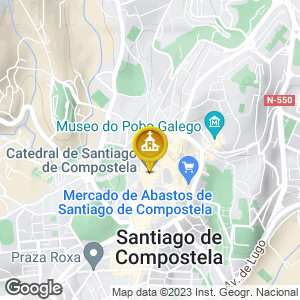
Routes
Blog
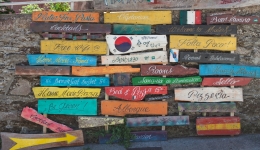 How to get to Sarria to do the Camino de Santiago
How to get to Sarria to do the Camino de Santiago
 Descubre la magia del Camino de Santiago Portugués por la costa
Descubre la magia del Camino de Santiago Portugués por la costa
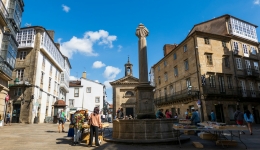 5 tours culturales que puedes hacer en Galicia si decides hacer un alto en el camino
5 tours culturales que puedes hacer en Galicia si decides hacer un alto en el camino
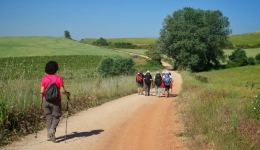 Doing the Camino de Santiago in June: What you should know?
Doing the Camino de Santiago in June: What you should know?
Information
Points of interest
Cities & Towns | Hostels | Lodgings | Restaurants | Saddlery | Doctors | Points of interest | Bikes workshop
Contact us | Privacy policy | Cookies policy | | Terms of use | Authorship | Web Map | Consentimiento
© Copyright LA VOZ DE GALICIA S.A. Polígono de Sabón, Arteixo, A CORUÑA (ESPAÑA) Inscrita en el Registro Mercantil de A Coruña en el Tomo 2438 del Archivo, Sección General, a los folios 91 y siguientes, hoja C-2141. CIF: A-15000649
Developed and managed byHyliacom
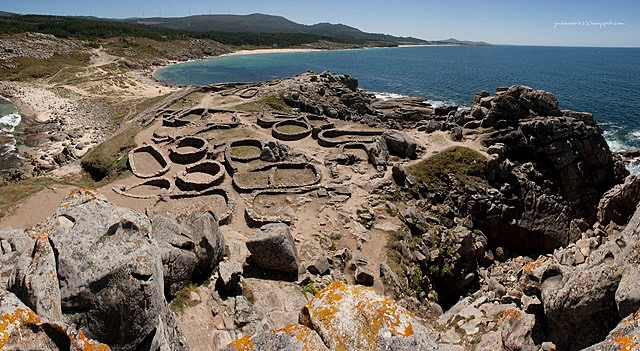
 Redacción
Redacción